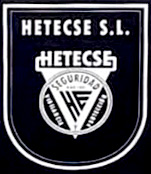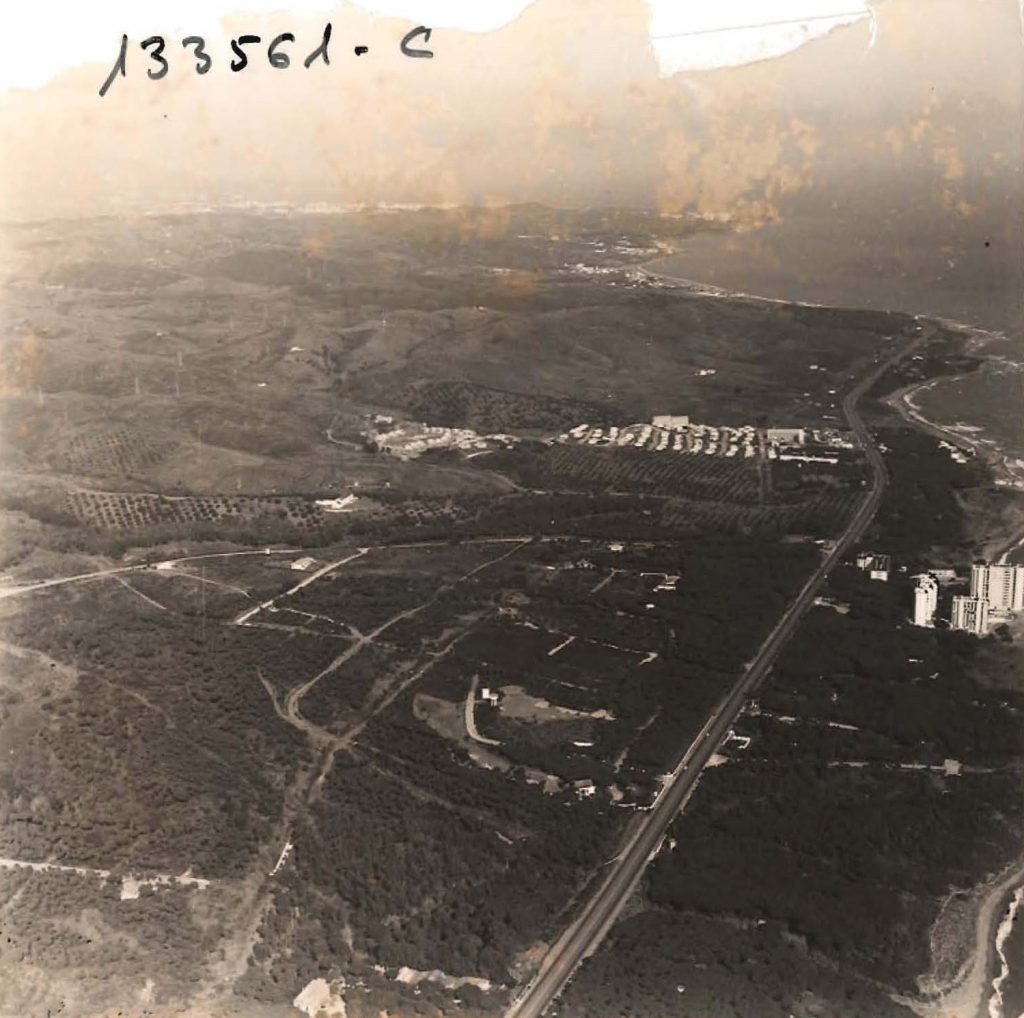– Page 7 –
On the other hand, and as has been mentioned already, we developers put self-limitations on our buildings’ height and volume. The idea, and the result, was that this should continue to be a peaceful place, respectful of Nature. And as a consequence, the idea originally conceived of housing 45,000 residents was reduced to some 23,000. In fact, with regulations as they were, we could have built three times as much as we did. We also tried to make sure that each development was based on a style created by architect Eduardo Oria in Puerto Bahía, Benalmádena, a mixture of the architecture of the Mediterranean and Ibiza. Large terraces, solariums and gardens allowed our residents to enjoy the best of what Nature, and our development, could offer: a combination of sun and a temperate climate. Much of the architecture of Sitio de Calahonda consisted of innovating models for others in its surroundings and on the Costa del Sol, all of which gave rise to what has become known as the ‘neo-Andalucian’ style.
One of the things that caused much concern was the summer fires that threatened the pine forest every year. On one occasion a fire that had started at El Chaparral advanced dangerously on Calahonda, and eventually entered the urbanisation in the Western area, on Calle Monteparaíso. Everybody contributed to keep it under control it and to put it out. A firebreak was created at the Club del Sol, but all of the right side of Calle José Orbaneja was burnt down. Firefighters and Icona personnel arrived and our residents went about working with them. It was thanks to them, to the people of Calahonda and their decisive role, that no one was hurt. It reminds me of the beginnings of Calahonda, when everything had to be done ‘by hand’, without any help other than that of Salvador Ríos and Julián Lozano, the latter already deceased and a great personal loss. With them both we saw to all the problems with the water supply, street lighting, security, the wells, etc. And we put out a lot of night-time fires as well.
One anecdote that is of capital concern to the residents refers to the construction of an underground crossing that gave safe access to the beach. Traffic had become so heavy that to attempt to cross the road was a dangerous enterprise at almost any time of the day. Building had to be carried out very quickly, over a week-end, because it was to be done on the dried out bed of the Calahonda stream, and was therefore illegal… it was about solving a serious problem as best we could. We could not wait for the authorities, who always work at a pace that bears no relation to daily emergencies, to offer a solution.
It is also worth remembering that in 1985 almost 99% of our residents were British. Later would come the Germans, and Northerners in general, thus making up a population that spent most of the year among us, returning to their countries only in summer. Over the last few years we have seen many Spaniards coming to live at Calahonda, now as permanent residents, as well as young couples of a variety of nationalities. This gives the urbanisation a more cosmopolitan atmosphere that contributes to trade and makes it livelier. Although it never prospered, there was a time during the political transition of the country, when a movement arose to create a new, independent Ayuntamiento for La Cala and Calahonda. The idea was to give the coastal area much needed attention, neglected as it was by an administration headquartered in Mijas. It was felt that the taxes paid by our residents should be invested in the maintenance and services that were badly needed on the Mijas coastline.
These notes for a future History of Calahonda must end inevitably with what has been a significant high point in the urbanisation’s development: in 2001 we received the prestigious Jaguar Award to the best development in Spain, a recognition from the British Parliament of the quality we have to offer.
strong>Acknowledgements
The history of Sitio de Calahonda over more than a quarter of a century necessarily includes numerous contributions of all kinds. A proper list of acknowledgements would therefore become endless, so I must apologise ahead for any lapses of memory. In the first place I would like to acknowledge my family: to my parents for having deposited their trust in me; to my wife and children, who all participated directly in the task as well as supplying their fundamental support for my own work. To all those who, with their work or investment, have made a reality of this place I love so much.
 +34 695 223 964
+34 695 223 964

